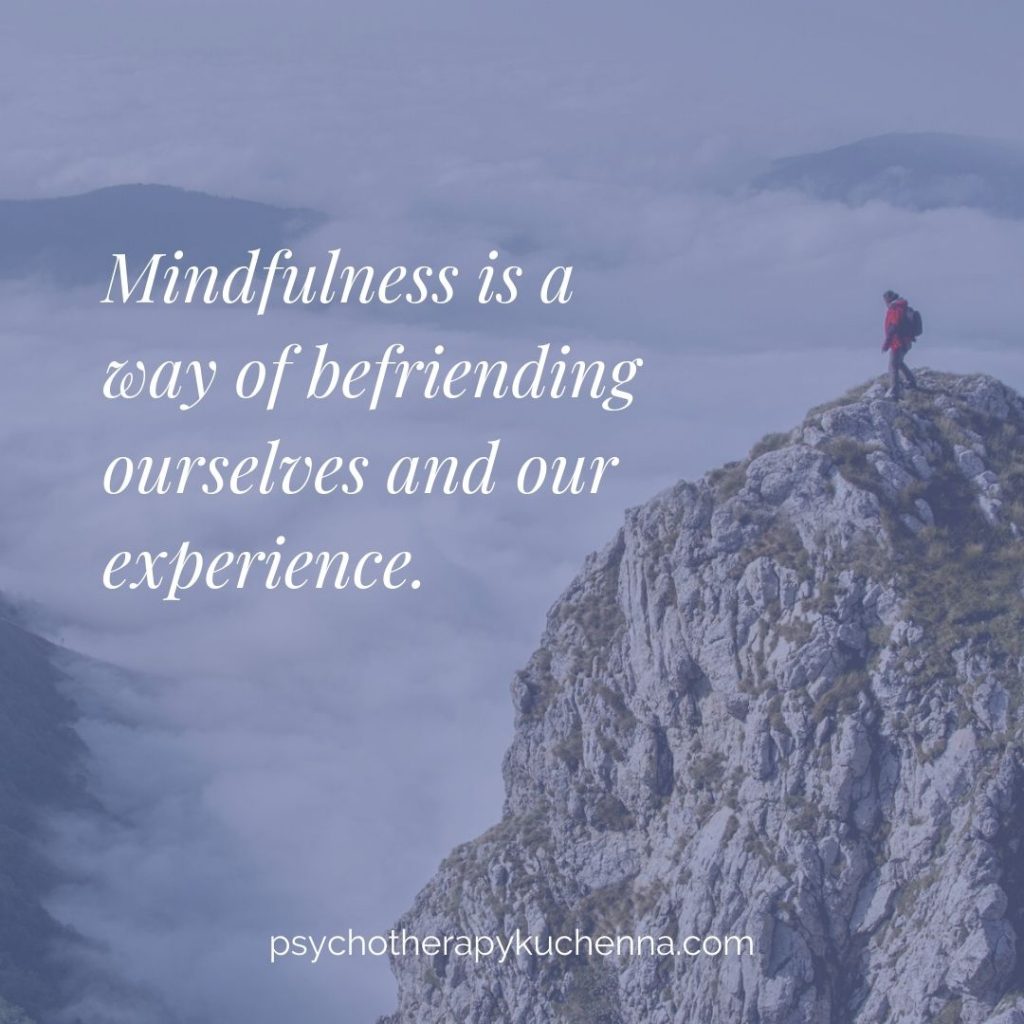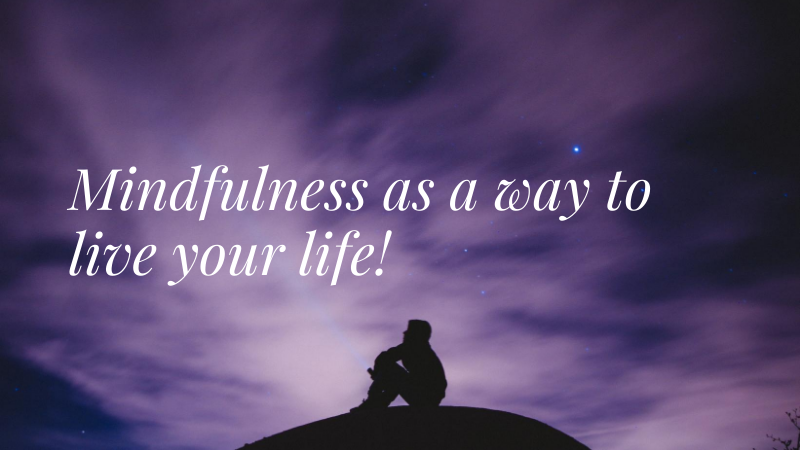The goal of mindfulness is to wake up to the inner workings of our mental, emotional, and physical processes.
What is mindfulness?
Mindfulness is the human ability to be fully present. To be aware of where we are and what we’re doing, and not overly reactive or overwhelmed by what’s going on around us. Although mindfulness is something we all naturally have, it’s more readily available to us when we practice it on a daily basis.
Whenever you bring awareness to what you’re directly experiencing via your senses, or to your state of mind via your thoughts and emotions, you’re being mindful. But interestingly, there’s growing research showing that when you train your brain to be mindful. You’re actually re-modeling the physical structure of your brain.
What is meditation?
Meditation can be considered as exploring. Because it’s not a fixed destination. Your head doesn’t become vacuumed free of thought, utterly undistracted. It’s a special place where each and every moment is momentous. When we meditate we venture into the workings of our minds: our sensations (air blowing on our skin or a harsh smell wafting into the room. Our emotions (love this, hate that, crave this, loathe that). And thoughts (wouldn’t it be weird to see an elephant playing the trumpet).
Mindfulness meditation asks us to suspend judgment and unleash our natural curiosity about the workings of the mind, approaching our experience with warmth and kindness, to ourselves and others.

The difference between mindfulness and meditation
Here’s the thing that many people find confusing about mindfulness: it’s not a temporary state of mind that is present during meditation and then vanishes for the rest of the day. Rather, it is a way of living where we are able to step back and be in the present moment in any situation.
Mindfulness doesn’t eliminate stress or other difficulties; instead, by becoming aware of unpleasant thoughts and emotions that arise because of challenging situations. We have more choice in how to handle them at the moment — and a better chance of reacting calmly and empathetically when faced with stress or challenges. Of course, practicing mindfulness does not mean we never get angry. Rather it allows us to be more thoughtful in how we want to respond. Whether that’s calmly and empathetically or perhaps, occasionally with measured anger.
Meditation is the training ground for learning mindfulness. At first, we meditate to become familiar with the here and now for a limited period of time. Over time, however, regularly practicing it helps us develop the ability to be present throughout the day, every day.
What is the purpose of mindfulness?
The goal of mindfulness is to cultivate perspective on one’s consciousness and identity that can bring greater peace mentally and relationally. It may also be used in mindfulness-based therapies, to address stress, anxiety, or pain, and simply to become more relaxed.

